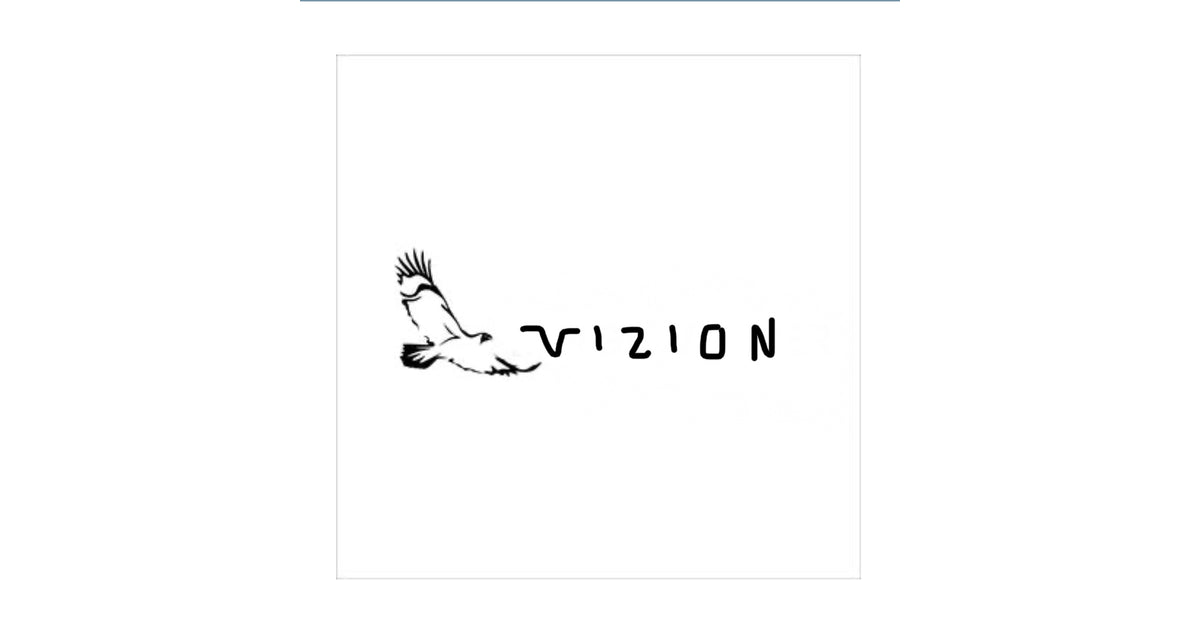WilliamDale
FNG
- Joined
- Aug 20, 2021
- Messages
- 14
This may be a pretty obvious answer I’m overthinking but how do you range elk for a bow shot? Do you a) range when you get set to where you think your shot opportunities might be b) range the elk itself when it’s where your shot will be c) just try and get good with understanding yardage on the fly. I am a mix of a and c with turkeys and a and b with whitetails from a stand. What is y’all’s go to? I’m worried my unfamiliarity with elk size up close would through c off to much and b could be too much unneeded movement.

